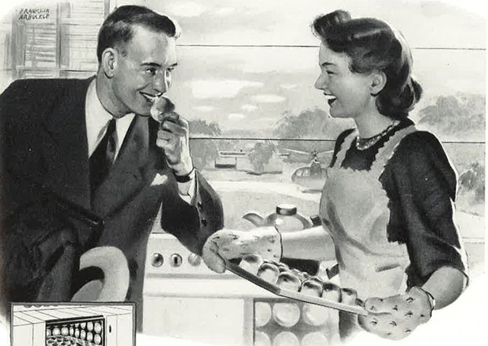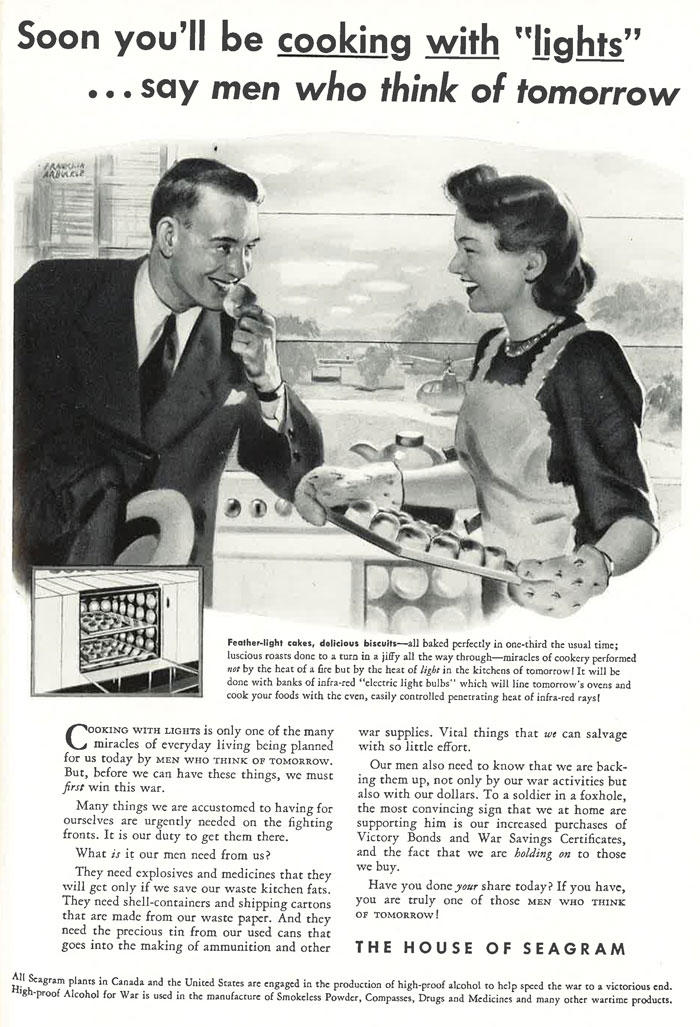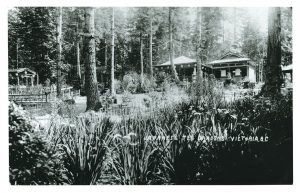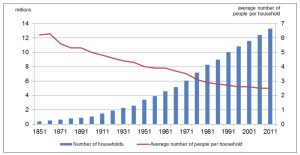
Travel
Portable glamping: Renting a houseboat on Shuswap Lake
Over the water and under the stars, Robin Esrock recounts his experience renting a houseboat in Sicamous, British Columbia, Canada’s houseboating capital
- 1127 words
- 5 minutes
This article is over 5 years old and may contain outdated information.
History

When does one of the world’s largest and most successful liquor empires not act like one of the world’s largest and most successful liquor empires? When it’s October 1945 and that company, Seagram, runs ads not about the whisky that made it rich and famous but about the “radio-phonograph of tomorrow.”
The device, which promised to “bring you complete novels, dramas and symphonies, magnetically impressed on small spools of steel wire” — take that, iPods and Kindles! — was not the real product that this ad (and similar House of Seagram ads that appeared in the pages of the Canadian Geographical Journal during the 1940s) was trying to sell, of course.
Indeed, in the months after the Second World War ended, Seagram wasn’t selling a product at all; it was selling an idea: that Canadians should not cash in the Victory Bonds they had purchased to help fund the war effort. Holding on to the bonds and not spending money on scarce consumer goods would help control inflation and allow people to use their bonds to, as the ad notes, “buy greater pleasures and comforts tomorrow!”
This sort of “moderation advertising” wasn’t unusual at the time — inflation had proved costly during and after the First World War, as Daniel J. Robinson notes in his essay ‘The Luxury of Moderate Use’: Seagram and Moderation Advertising, 1934-1955 — and the truth was that companies such as Seagram didn’t have much choice in the matter.
As Robinson points out, in 1942 the federal government banned most types of institutional and brand advertising for beer, wine and spirits in an effort to decrease the demand for beverage alcohol, the consumption of which had grown since 1939, and increase the supply of industrial alcohol for the production of war goods, such as synthetic rubber, compasses, smokeless powder and pharmaceuticals. (Take a look at the bottom of the “Soon you’ll be cooking with ‘lights’” ad from May 1945, which notes that “All Seagram plants in Canada and the United States are engaged in the production of high-proof alcohol to help speed the war to a victorious end.”) Companies such as Seagram “could still advertise in support of the war effort,” Robinson writes, “but they could not make direct reference to their roles as beverage alcohol producers.”
Whether Seagram took a financial blow to its bottom line because of these moderation ads is unknown, but one thing is certain: they didn’t do any harm to the company’s reputation. As Robinson notes, “A 1943 company memo described how such advertising did ‘an outstanding job of creating good will and enhancing the prestige of the House of Seagram.’”

Are you passionate about Canadian geography?
You can support Canadian Geographic in 3 ways:

Travel
Over the water and under the stars, Robin Esrock recounts his experience renting a houseboat in Sicamous, British Columbia, Canada’s houseboating capital

People & Culture
Eighty years after looting destroyed a storied Japanese tea house, a community is committed to redress the historical injustice

Places
The story behind a federal government pledge of $9.8 million to restore and present the heritage houses once owned by Grande-Grave’s expropriated families

People & Culture
For the first time in history, there are more people living alone in Canada than there are couples with children, StatsCan says.